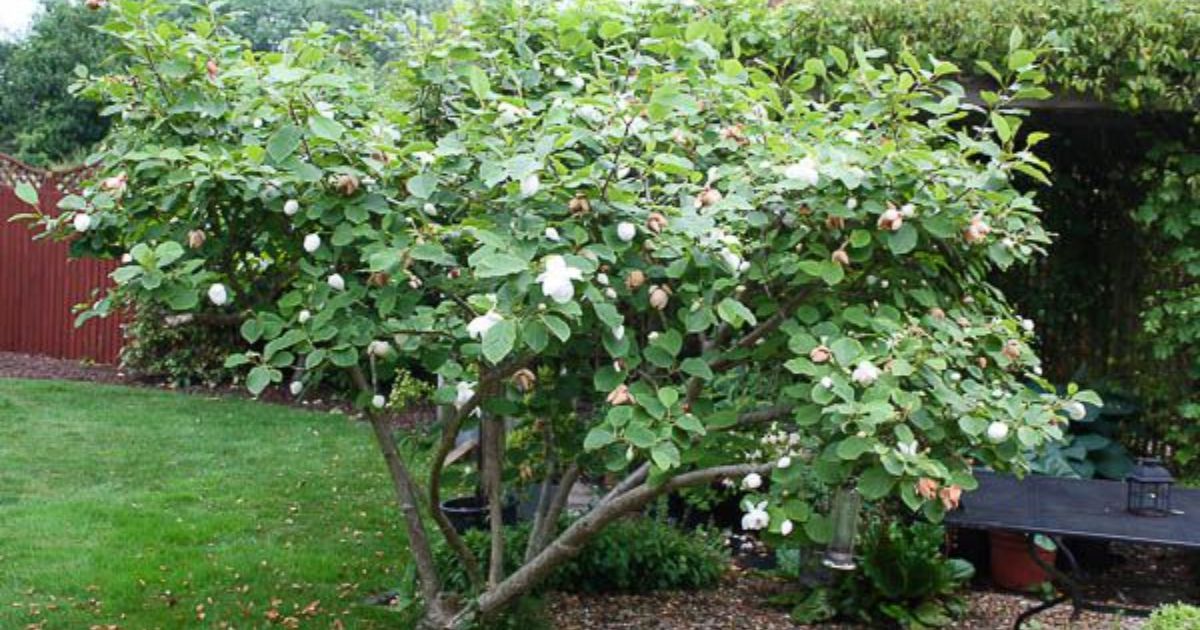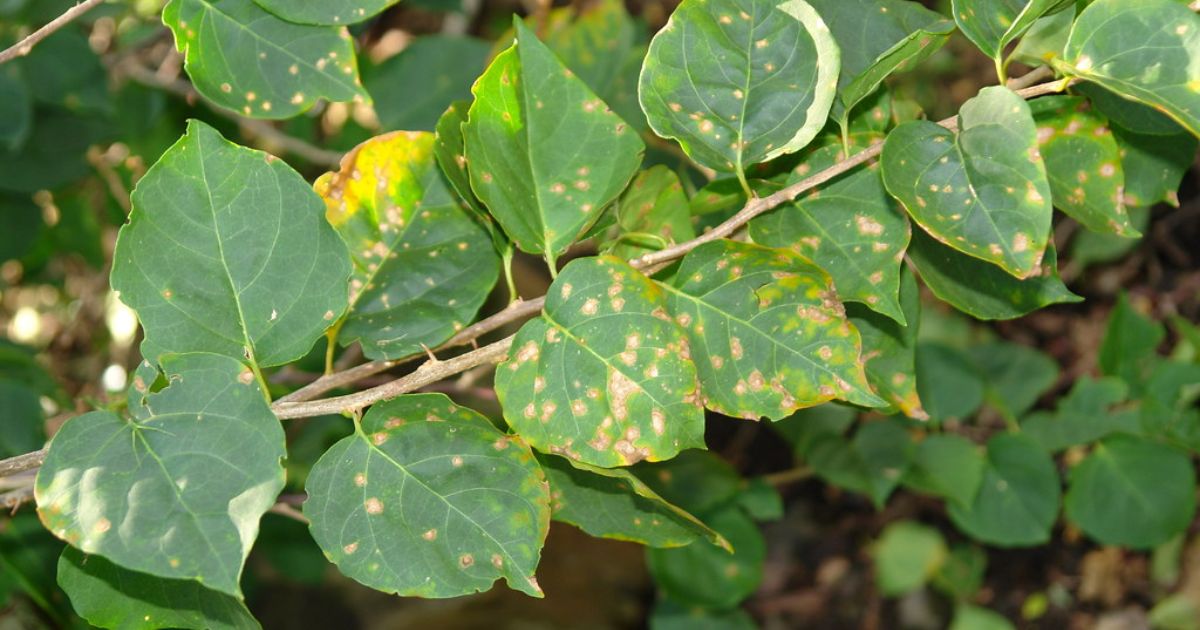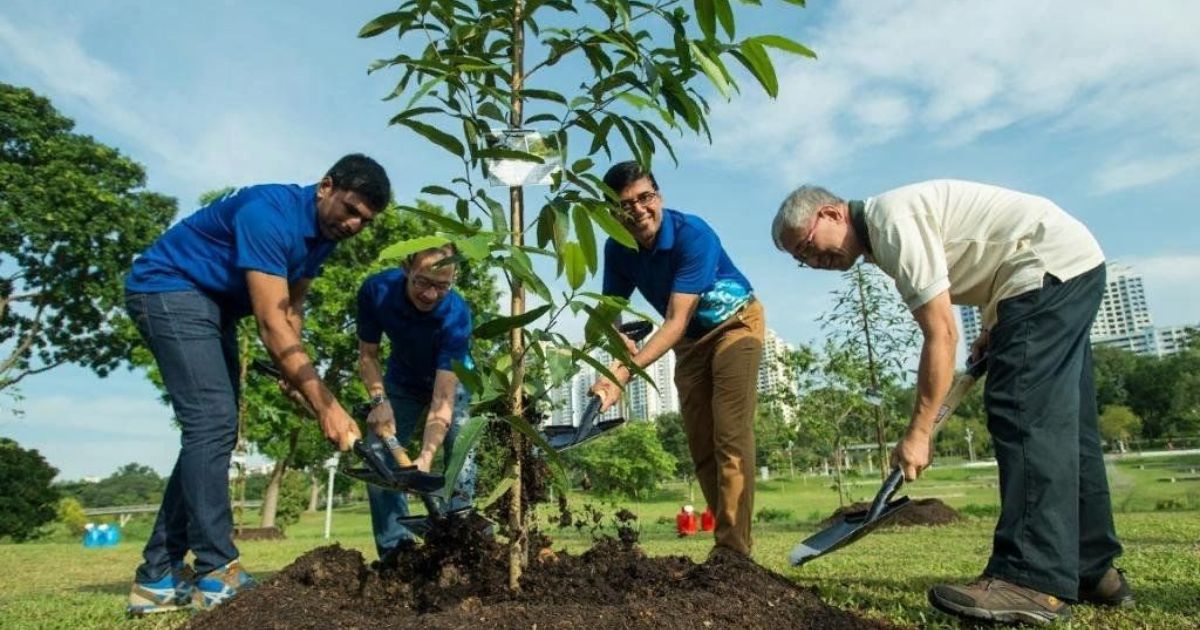In recent years, biochar has gained global attention as a powerful tool for sustainable farming and environmental conservation. But biochar isn’t a new discovery; it actually has roots in ancient agricultural practices, where early farmers used charcoal-like materials to enrich their soils. Today, scientists and farmers alike are rediscovering its potential, not just for improving soil fertility, but also for addressing some of the world’s most pressing issues, including water scarcity, waste management, and climate change. So, what exactly is biochar, and why is it being hailed as a game-changer in agriculture and beyond? Let’s explore its many uses and benefits.
What is Biochar?
Biochar is a carbon-rich, charcoal-like substance produced through pyrolysis, a procedure that entails heating organic materials such as chips, agricultural residues, or animal manure under low-oxygen conditions. Biochar is explicitly made, as opposed to ordinary charcoal, which is frequently used as fuel. Produced for agricultural and environmental applications.
What makes biochar unique is its porous structure and high surface area, which allow it to retain water and nutrients while supporting beneficial microbes in the soil. It’s stable, meaning it can stay in the ground for hundreds or even thousands of years, making it one of the most effective tools for long-term carbon storage.In simple terms, biochar converts waste into a valuable resource that can enhance soil quality, support crop growth, The Best Types of Flowers for Every Garden Style and Climate and contribute to climate change mitigation.
Key Uses of Biochar
Biochar’s versatility makes it one of the most promising natural solutions for both agriculture and environmental management. Its porous structure, carbon-rich composition, and ability to hold nutrients and water allow it to be applied in multiple fields. Below are the key uses of biochar explained in detail:
Soil Improvement and Fertility

One of the most common uses of biochar is in agriculture. Farmers incorporate biochar into the soil to enhance fertility and increase crop yields. Its porous structure helps trap essential nutrients, preventing them from washing away during rainfall or irrigation. It also improves soil aeration and water retention, which is particularly beneficial for sandy or degraded soils. Biochar provides a stable environment for beneficial microbes, creating healthier soil ecosystems that directly support stronger plant growth.
Carbon Sequestration and Climate Benefits
Biochar is often referred to as a “carbon sink” because it sequesters carbon in a stable form for hundreds, or even thousands, of years. Unlike plant matter that decomposes and releases carbon dioxide back into the atmosphere, biochar stores carbon safely in the soil. Thus, it lowers greenhouse gas emissions and contributes to mitigating climate change. This makes it a valuable tool in global carbon reduction strategies.
Waste Management
Biochar production offers an eco-friendly solution for handling agricultural and organic waste. Crop residues, forestry byproducts, and even animal manure can be converted into biochar through a process known as pyrolysis. Instead of sending this waste to landfills where it emits methane, turning it into biochar creates a valuable product while significantly reducing environmental pollution.
Water Filtration and Pollution Control
Thanks to its high surface area and porous nature, biochar can filter water by trapping toxins, heavy metals, and harmful chemicals. It is increasingly being used in wastewater treatment, stormwater systems, and even household water filters in some regions. By removing pollutants, biochar contributes to cleaner and safer water resources.
Livestock Farming
In animal husbandry, biochar is added to feed in small amounts to improve digestion and reduce methane emissions from livestock. Farmers also use it as bedding material, Nutrient management which helps control odor, absorb moisture, and enhance waste management practices.
Construction and Industrial Applications
Beyond farming, biochar is finding applications in construction. Lightweight concrete can be made with it. Insulation materials and asphalt. Incorporating biochar into building products not only reduces their carbon footprint but also improves durability and energy efficiency.
What Does Biochar Do for Soil?
Biochar is often described as a “soil enhancer,” and for good reason. When added to the ground, it works in several ways to improve soil health, fertility, and overall productivity:
Improves Soil Structure
Biochar has a porous, sponge-like texture that helps loosen compacted soils and add structure to sandy soils. This improves aeration, root penetration, and overall plant growth.
Enhances Water Retention
Its porous nature allows biochar to hold water like a reservoir. This makes it especially useful in dry regions, where it helps reduce the need for frequent irrigation and protects crops from drought stress.
Boosts Nutrient Availability
Biochar acts like a storage bank for nutrients. Instead of fertilizers being washed away by rain or irrigation, Biogas production biochar traps and slowly releases them to plants. This reduces nutrient loss and makes fertilizers more effective.
Supports Soil Microbes
Healthy soil depends on beneficial microorganisms. Biochar provides a habitat for microbes to thrive, which in turn improves nutrient cycling, plant health, and disease resistance.
Balances Soil pH
In many cases, biochar can help neutralize acidic soils, Small Garden Design Ideas for Every Space and Budget creating a more balanced environment for crops. This is particularly valuable in regions with naturally acidic farmland.
Reduces Soil Erosion and Degradation
By improving soil texture and stability, biochar reduces erosion caused by wind and water. Over time, this helps restore degraded land and increase its productivity.
How to Make Biochar at Home
Making biochar at home is possible with simple tools and organic waste materials. While large-scale production utilizes specialized equipment, you can safely create small batches in your backyard if you follow the proper steps.
Materials You’ll Need:
- Dry organic waste (wood chips, crop residues, dry leaves, or small branches)
- A metal drum, barrel, or fire pit
- A lid with small holes (to limit Oxygen)
- Matches or a lighter
Step-by-Step Process:
Prepare the Biomass
Collect dry organic materials, such as wood chips, branches, or agricultural residues. The drier the material, the better the results.
Set Up a Controlled Fire
Place the biomass in a metal drum or pit. Light it from the top and allow it to burn slowly. The key is to create heat without allowing complete combustion. This process is called pyrolysis.
Limit Oxygen
Once the fire is going, cover the container with a lid that has small holes. Odor control This restricts Oxygen, ensuring the material carbonizes instead of turning to ash.
Monitor the Burn
Let the fire smolder until the biomass turns black and brittle. Types of Organic Mulch and Their Benefits This can take 2–4 hours, depending on the amount of material.
Quench the Biochar
Carefully remove the lid and extinguish the fire with water or soil to stop further burning. This step preserves the carbon structure and prevents it from turning to ash.
Crush and Use
Once cooled, break the biochar into small pieces or powder. Before adding it directly to soil, it’s best to “charge” it by mixing it with compost, manure, or fertilizer, which helps fill its pores with nutrients.
Safety Tips:
- Always make biochar outdoors in a well-ventilated area.
- Keep water or sand nearby in case of fire hazards.
- Wear gloves and a mask when handling biochar dust to prevent exposure to potential hazards.
Making biochar at home is not only an excellent method for recycling kitchen and yard waste but also a sustainable way to improve your soil while reducing carbon emissions.
How to Use Biochar in the Garden
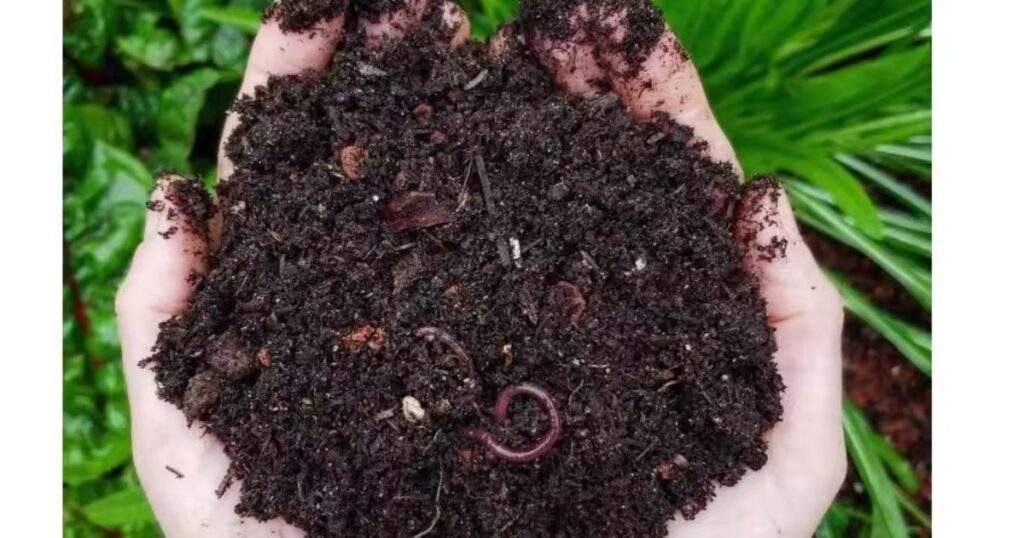
Using biochar in your garden can significantly improve soil health, but it’s essential to apply it correctly. Raw biochar is highly porous and will absorb nutrients, so before adding it to the soil, it should be “charged” or enriched with organic matter. You can achieve this by mixing biochar with compost, manure, or worm castings, or by soaking it in liquid fertilizer for a couple of weeks. This step ensures that the biochar’s pores are rich in nutrients and beneficial bacteria, making these nutrients and bacteria instantly available to plants. Once charged, How Onions Can Store Up to a Year Without Spoiling you can mix biochar directly into the garden soil at a rate of about 5–10% of the total soil volume. For vegetable beds, spread a thin layer of enriched biochar over the surface and till it into the top 6–8 inches of soil. In container gardening, Livestock feed supplement blend it with potting mix to lessen the need for regular watering and enhance drainage. Over time, biochar improves soil fertility, boosts microbial activity, and enhances water retention, making your garden more resilient during dry spells. With consistent use, you’ll notice healthier plants, improved yields, and soil that continues to perform better season after season.
Benefits of Using Biochar
Biochar is more than just a soil additive; it’s a sustainable solution that brings multiple environmental, agricultural, and economic benefits. Here are the key advantages:
Improves Soil Fertility
Biochar enhances soil structure, holds onto nutrients, How to Use Vermiculite for Seed Starting, Soil Aeration & More and makes them available to plants over time. This reduces the need for chemical fertilizers and supports healthier, higher-yielding crops.
Enhances Water Retention
Its sponge-like structure allows biochar to store water and slowly release it, which is especially beneficial in drought-prone regions. This helps reduce irrigation needs and keeps plants hydrated for an extended period.
Supports Soil Microorganisms
Beneficial soil bacteria find the perfect home in biochar. This improves nutrient cycling, disease resistance, and overall soil health.
Reduces Greenhouse Gases
By locking carbon in a stable form, biochar prevents it from being released into the atmosphere. It also lowers methane and nitrous oxide emissions from soil and livestock farming.
Manages Waste Sustainably
Agricultural and organic waste can be converted into biochar, rather than being discarded, thereby reducing landfill use and pollution.
Long-Lasting Impact
Unlike fertilizers that need regular application, biochar remains active in the soil for decades, sometimes even centuries, making it a cost-effective solution over time.
Challenges and Considerations
While biochar offers many benefits, it’s not a one-size-fits-all solution. There are several challenges and considerations to keep in mind before large-scale adoption:
Production Costs
High-quality biochar requires controlled pyrolysis equipment, which can be expensive and time-consuming to obtain. For small farmers, the cost of production or purchase may limit its use.
Variability in Results
Not all soils respond uniformly to biochar. For example, What Is Perlite? Everything You Need to Know for Gardening & More acidic or nutrient-poor soils may show significant improvement, while fertile soils may experience little change. The type of biomass used and the method of production also affect results.
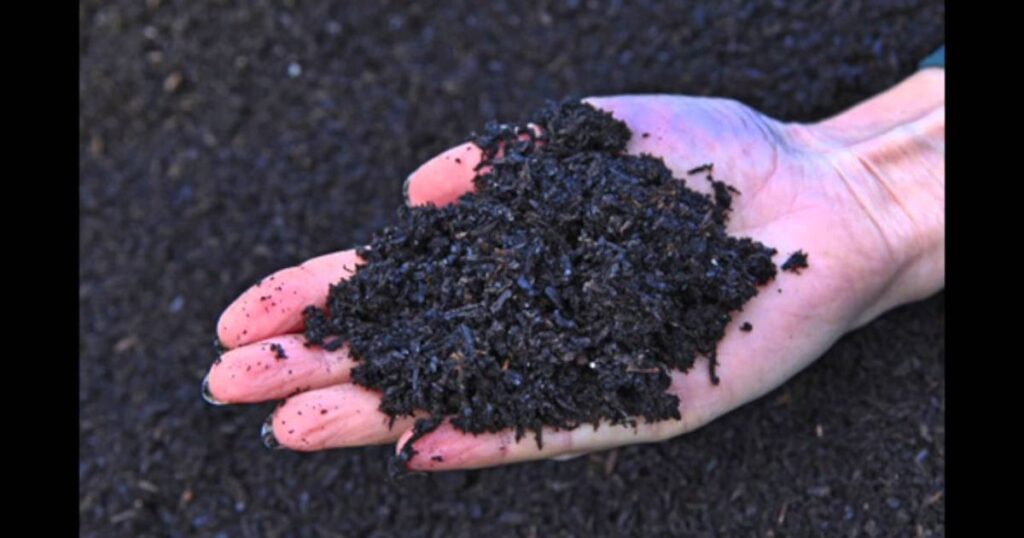
Nutrient Limitations
Raw biochar does not provide nutrients on its own. If not “charged” with compost, manure, or fertilizer before application, it can initially absorb nutrients from the soil, making them less available to plants.
Knowledge and Awareness Gaps
Many farmers are unfamiliar with the proper production and application of biochar. Without training and awareness, its potential can be underutilized or misapplied.
Environmental Trade-offs
If produced improperly, biochar production may release harmful gases and contribute to air pollution. Sustainable practices and efficient technology are crucial in mitigating these downsides.
Conclusion
Biochar is a sustainable innovation that is more than just a soil amendment, with the potential to transform agriculture, waste management, and climate action. By improving soil fertility, enhancing water retention, supporting beneficial microbes, and sequestering carbon for centuries, biochar addresses multiple challenges simultaneously. Beyond the garden, it offers solutions for pollution control, waste recycling, livestock management, and even sustainable construction.
However, to harness its full potential, careful consideration is needed. Factors like production methods, soil type, nutrient charging, and cost must be addressed to ensure biochar delivers lasting benefits. With proper knowledge and application, biochar can be a significant step toward a better, greener future.In essence, biochar is not just a product; it’s a pathway toward sustainable farming and environmental stewardship. For gardeners, farmers, and environmentalists alike, embracing biochar could be a key step toward more productive soils, cleaner water, and a healthier planet.
FAQ
Is biochar the same as charcoal?
No. While both are carbon-rich, charcoal is primarily used as fuel, whereas biochar is specifically produced to improve soil and address environmental issues. Biochar is made through controlled pyrolysis for agricultural and ecological purposes.
Can I make biochar at home?
Yes, biochar can be made at home using dry organic materials and a controlled burning process called pyrolysis. However, safety precautions are necessary to prevent accidents, and it’s essential to charge biochar with compost or fertilizer before applying it to soil.
Does biochar replace fertilizer?
Biochar itself does not contain significant nutrients, so it does not replace fertilizer. However, it enhances nutrient retention in the soil, making fertilizers more efficient and reducing the need for excess application.
What are the best soils for biochar application?
Biochar is especially effective in poor, acidic, sandy, or degraded soils. It improves water retention, nutrient availability, and soil structure. In fertile soils, the benefits are still present but may be less pronounced.
How much biochar should I add to my garden soil?
A standard recommendation is 5–10% of the soil volume, or about 1–2 kg per square meter. Biochar should ideally be mixed with compost or organic matter before application for best results.



